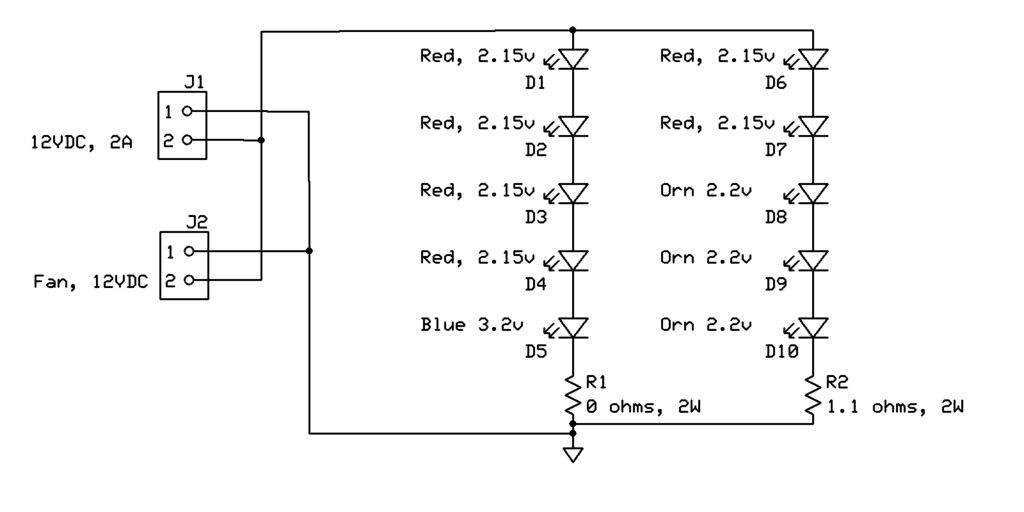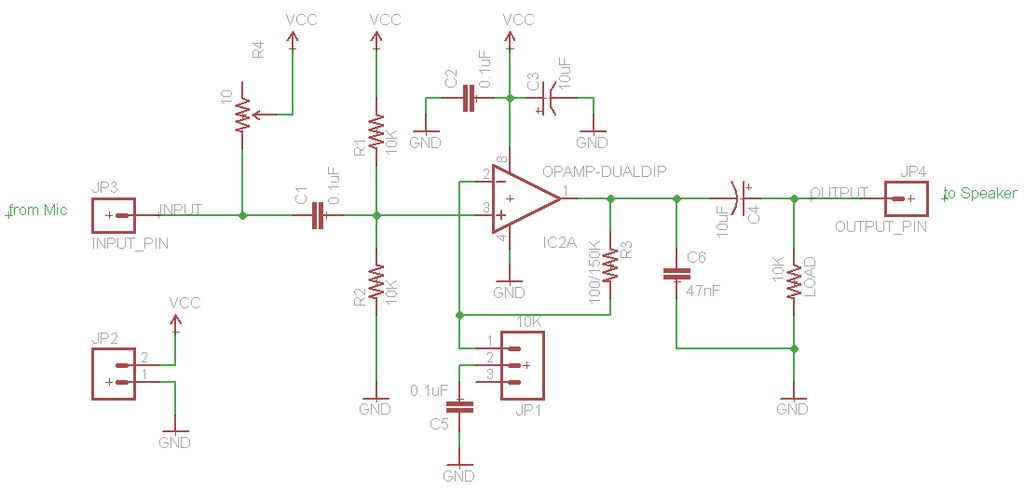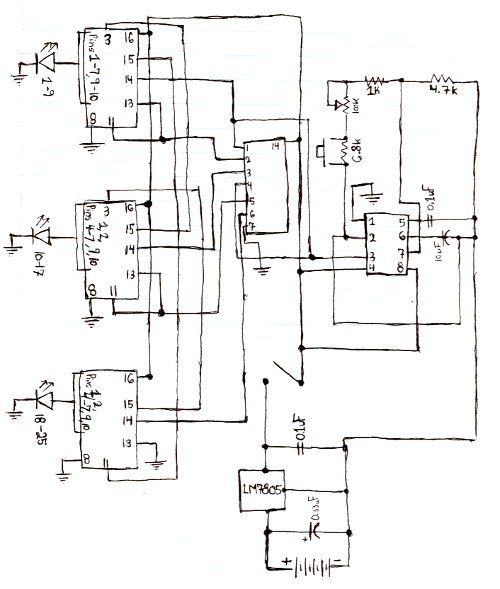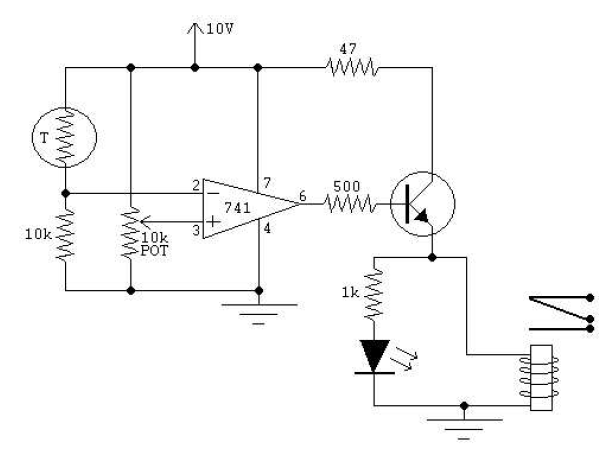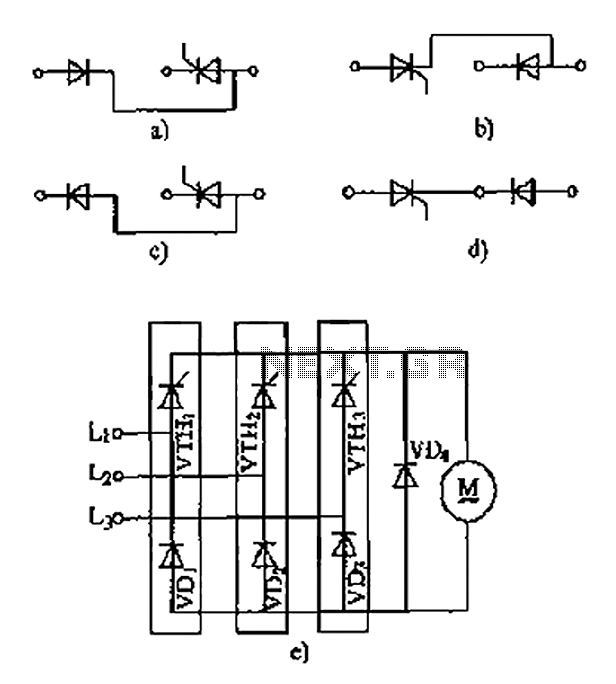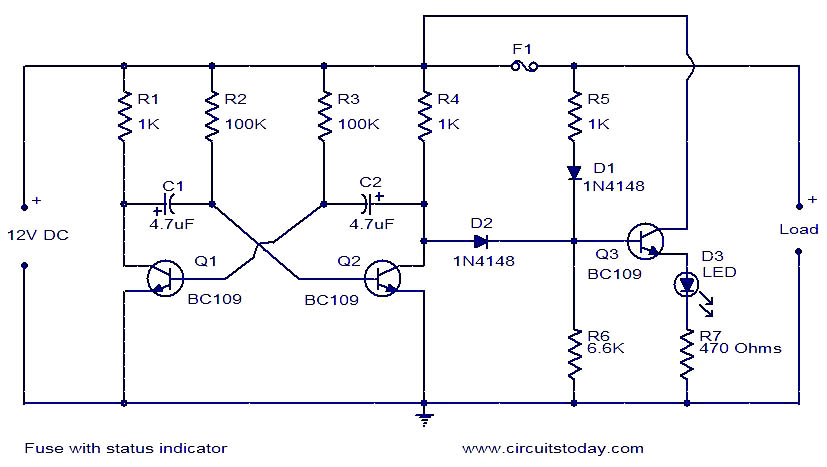
Advanced LED Temperature Indicator
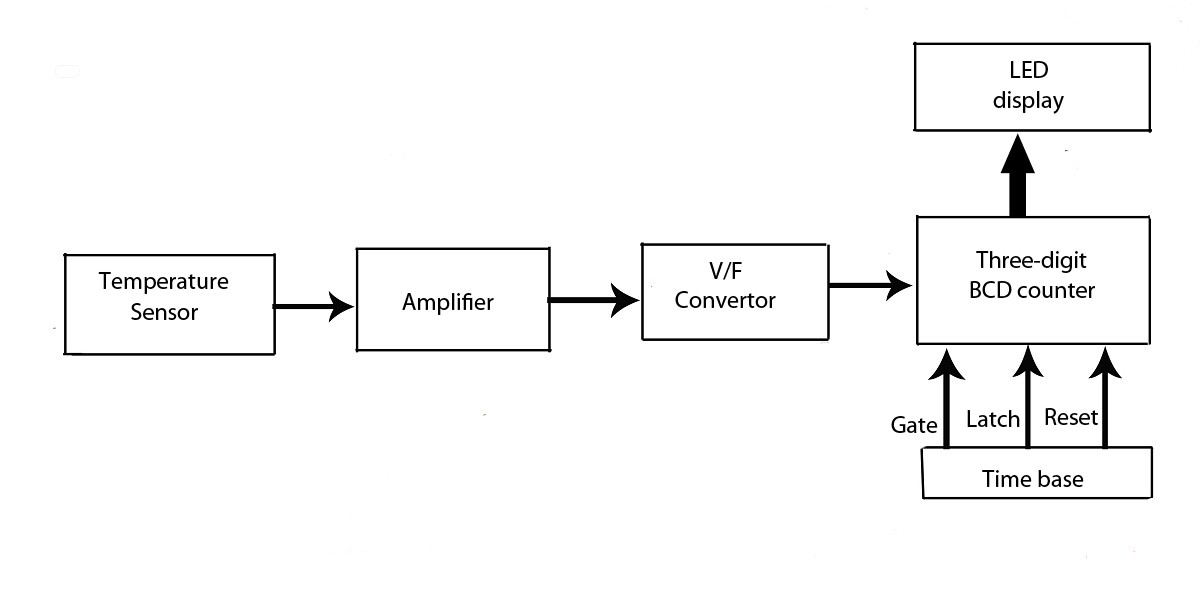
This verified project provides an idea, circuit, and operation of the LED display temperature indicator. It features a digital temperature indicator utilizing a voltage-to-frequency (V/F) converter, along with various electronic projects.
The LED display temperature indicator is designed to provide a clear visual representation of temperature readings. The circuit typically includes a temperature sensor, such as a thermistor or an LM35 temperature sensor, which converts temperature into an electrical signal. This signal is then processed by a voltage-to-frequency converter, which transforms the voltage output from the sensor into a frequency signal proportional to the temperature.
The frequency output can be fed into a microcontroller or a frequency counter that interprets the signal and drives an LED display, allowing users to read the temperature in real-time. Additional components may include resistors, capacitors, and a power supply unit to ensure stable operation of the circuit.
In terms of assembly, the circuit can be constructed on a breadboard for prototyping, with careful consideration given to the layout to minimize noise and interference. Proper calibration of the system is essential to ensure accurate temperature readings, which may involve adjusting the V/F converter settings based on the characteristics of the chosen temperature sensor.
This project serves as an educational tool for understanding the principles of temperature measurement and digital display technology, making it suitable for both hobbyists and students in electronics.this verified project provide idea, circuit and working of the system LED display temperature indicator. Digital temperature indicator.using V/F converter.various electronics project. 🔗 External reference
The LED display temperature indicator is designed to provide a clear visual representation of temperature readings. The circuit typically includes a temperature sensor, such as a thermistor or an LM35 temperature sensor, which converts temperature into an electrical signal. This signal is then processed by a voltage-to-frequency converter, which transforms the voltage output from the sensor into a frequency signal proportional to the temperature.
The frequency output can be fed into a microcontroller or a frequency counter that interprets the signal and drives an LED display, allowing users to read the temperature in real-time. Additional components may include resistors, capacitors, and a power supply unit to ensure stable operation of the circuit.
In terms of assembly, the circuit can be constructed on a breadboard for prototyping, with careful consideration given to the layout to minimize noise and interference. Proper calibration of the system is essential to ensure accurate temperature readings, which may involve adjusting the V/F converter settings based on the characteristics of the chosen temperature sensor.
This project serves as an educational tool for understanding the principles of temperature measurement and digital display technology, making it suitable for both hobbyists and students in electronics.this verified project provide idea, circuit and working of the system LED display temperature indicator. Digital temperature indicator.using V/F converter.various electronics project. 🔗 External reference
